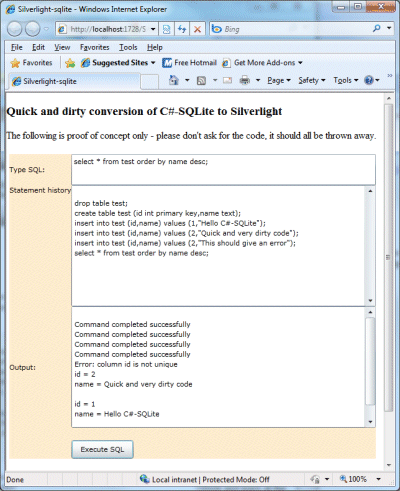Amazon has announced the Amazon Relational Database Service:
Amazon RDS gives you access to the full capabilities of a familiar MySQL database. This means the code, applications, and tools you already use today with your existing MySQL databases work seamlessly with Amazon RDS. Amazon RDS automatically patches the database software and backs up your database, storing the backups for a user-defined retention period. You also benefit from the flexibility of being able to scale the compute resources or storage capacity associated with your relational database instance via a single API call. As with all Amazon Web Services, there are no up-front investments required, and you pay only for the resources you use.
The cost starts at $0.11 per hour for a small database instance (1.7GB RAM, 1 virtual core, 64-bit), increasing in stages as more power is required. The engagingly-titled “Quadruple Extra Large DB Instance” offers 68GB RMA and 8 virtual cores, at $3.10 per hour.
In addition, you pay for database storage at $0.10 per GB-month, $0.10 per 1 million I/O requests, $.10 per GB transferred in, and $0.17 per GB transferred out.
That’s a worrying collection of charges, but the usual logic applies: if you need a hefty database server for a defined period, say to cover a special event, this will work out more cost-effective than installing your own servers.
You can also install MySQL or other database servers on general-purpose Amazon EC2 instances, but this pre-built solution looks attractive.
Microsoft started its cloud database initiative with a preview of SQL Server Data Services, offering a limited database API more like Amazon SimpleDB. Then Microsoft decided to offer full SQL Server on its Azure cloud. However, Azure is still a Community Tech Preview, and during the interim period Amazon has come up with its own fully relational solution.

